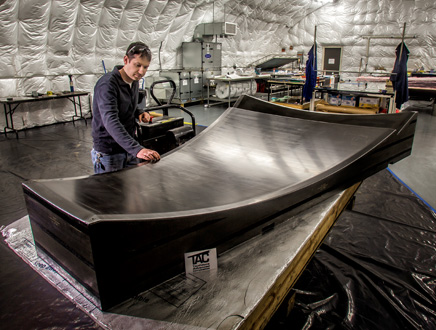
By Katlin Swisher, Ph.D.
As the rise and fall in the demand for coal continues for established uses like power generation, one West Virginia-based company is developing innovative applications for the state’s most prominent export. Because coal is a hydrocarbon with unique properties, it can easily be converted to a wide range of products, and Wheeling-based Touchstone Research Laboratories is committed to finding alternative uses for coal in research, manufacturing and commercialization.
“The coal industry has done a really good job controlling quality,” says owner and CEO Brian Joseph, who founded the company in 1980 immediately after college. “But as we move further into the 21st century, there are going to be many more high-value-added coal raw materials that will become available. These will make a host of products from carbon foams and graphites to graphene and carbon fiber and a wide range of other products.”
A Major Innovation
Touchstone Research Laboratories is already well on its way to producing many of these new materials.
“Burning coal or consuming coal to make steel are very low-value-added processes,” says Joseph. “But when you use the coal to make aerospace materials, automotive materials or even construction materials, the value of the coal goes up, and there is a big opportunity to differentiate the coal from one source to another.”
Touchstone Research Laboratories’ first major innovation was CFOAM, a strong, fireproof carbon foam made from coal. CFOAM has a variety of applications and is often used in the aerospace industry to produce molds for manufacturing carbon fiber parts like rocket nozzles. Touchstone built some of the molds for the James Webb Space Telescope, which will be the most powerful telescope in history when it is launched in 2021. NASA recently provided Touchstone Research Laboratories with $124,000 to help develop additional next-generation tools made from CFOAM.
CFOAM was approached during the war in Iraq to help detect improvised explosive devices and is also used in Touchstone’s silicon carbide foam, an extremely high-temperature material nearly as hard as diamonds. The company has a $1.7 million contract with the U.S. Department of Energy to produce it.
“You can do all kinds of things to it to test its durability like hold welding torches against it and it will never get overheated,” says Joseph. “We mix coal with other things that are proprietary and cook at a high temperature to form the silicon carbide. It has many applications as a high-temperature material, ranging from concentrated solar power to space and hypersonic vehicles. CFOAM is finding real traction in the aerospace industry to make next-generation aircraft rockets and satellites, but these applications alone do not move the needle for use of coal. We are developing applications that could use hundreds of millions of tons of coal per year. For example, there are low-cost versions of CFOAM being developed for the construction industry. If they were used to build houses, it has been estimated that it would take 85 tons of coal per house, and the house would be mostly fireproof.”
A Growing Market
CONSOL Energy Inc. announced an investment in CFOAM in January 2020 to support the coal-to-products revolution and acquired 25 percent equity interest in CFOAM Corp., the holding company for CFOAM, Ltd. and CFOAM LLC. CFOAM, Ltd., one of Touchstone’s spin-off companies, trades on the Australian Stock Exchange and is part of 27 patents. Through the partnership, CONSOL Energy plans to pursue the creation of high-performance engineering materials, and the company predicts materials to have a more than $15 billion total addressable market.
CONSOL is also part of a U.S. Department of Energy-funded project with Ohio University and other industry partners to develop coal plastic composites for engineered composite decking and other building product markets. According to Ohio University, the global market for such plastic composite materials is expected to exceed $8 billion by 2023.
CONSOL has also partnered with OMNIS Bailey LLC to develop a refinery that will convert waste coal slurry into two products: a high-quality carbon product that can be used as fuel or feedstock for other higher-value applications and a mineral matter product that has potential to be used as a soil amendment in agricultural applications.
Unlimited Potential
To continue expanding the industry’s coal-to-product uses, Touchstone Research Laboratories established Touchstone Testing Lab, LLC to offer materials and product testing. The lab’s three locations employee 50 individuals in Millwood, WV; Triadelphia, WV; and Mingo Junction, Ohio.
“A race has begun between the development and commercialization of these next-generation materials and applications in response to the reduction in the use of coal,” says Joseph. “We at Touchstone feel confident that large-volume uses for coal will be found, which will also increase the value and, therefore, the selling price per ton of coal.”
Touchstone Advanced Composites, another spin-off company of Touchstone Research Laboratory, produces the molds used to create fiber airplane parts and employees about 40 individuals in Triadelphia, WV. Its materials were used in the construction of NASA’s solar sail at the Langley Research Center, which could support future missions in deep space.
“If I want to make a wing out of carbon fiber for an airplane or rocket, I need a mold,” says Joseph. “We build the world’s best molds, and they are made from the coal-based CFOAM. Coal from West Virginia is essentially being used to help make the most advanced aircraft in the world.”
Touchstone plans to launch additional spin-off companies in West Virginia in the next few years, including one that will produce exhaust systems for large ships like those used by the U.S. Navy. By using CFOAM, the new exhaust systems will reduce their weight by hundreds of tons and eliminate all the corrosion problems found in current exhaust systems.
“Think about the history of smokestacks,” says Joseph. “Going back to steamboats, they had iron smokestacks. When those rusted out, they transitioned to steel, then stainless steel and then titanium. Today they use a material called Inconel. There are all these exotic materials. If you think about the problems ships have, it rains so much, water gets into the exhaust system. The exhaust systems can be as large as eight feet in diameter and seven stories tall. If you have seven of them on a ship, you have a lot of corrosion. We invented a way to make an exhaust system using CFOAM and some ceramic liners where no part of the exhaust system that gets hot sees any water or salt. That eliminates corrosion.”
Touchstone Research Laboratories is also developing protection systems for rockets to allow them to be launched in any weather conditions.
“All rockets are covered with thermal protection systems on the outside to protect from extreme temperatures,” says Joseph. “We’ve invented the first one that also protects from lightning, so rockets can be launched in any weather.”
Joseph launched Touchstone Research Laboratories in the basement of a monastery with a scanning electron microscope he bought for $100 and a dream. Forty years later, the company is a leader in innovation and aspires to continue moving the state’s economy forward.
“I think we, as a state and as a country, are coming to the realization that the coal-to-products market is essential not only to the coal industry but to the advanced materials of the 21st century,” he says. “We are presented with a challenge to our imagination. The opportunity in front of us is to reinvent the way we think of coal to create an even better future.”
Appalachian Botanical Company
By Katlin Swisher, Ph.D.
Many companies and nonprofit organizations in West Virginia have pioneered innovative ways to put coal-mined land and its people back to work.
One West Virginia woman has taken those ideas to heart, embedding them in her vision for a for-profit company. Jocelyn Sheppard, president of Appalachian Botanical Company, has created a model for expanding and sustaining the social, environmental and economic benefits of the state’s natural resources.
Founded in 2018, Appalachian Botanical Company is growing lavender on reclaimed mine land in Ashford, WV, that is sold and used to make essential oils.
“Lavender is a high-value crop that grows well on coal-mined land, so the decision was easy,” she says.
Lavender is a featured ingredient, fragrance and flavor in a wide range of personal care, cleaning, decorative and food and beverage products. Most large-scale U.S. lavender operations are located outside Appalachia. Customers in the region can now purchase high-quality products from Appalachian Botanical Company and avoid paying high shipping costs. It can also be found at farms, shops and farmers markets around West Virginia.
The company is creating jobs in Boone County, a region adversely affected by the downturn in the coal mining industry. Sheppard’s team started by planting 35 acres of lavender and plans to scale up to 120 acres or more in the next two years. This summer, the team will harvest the lavender, distill the essential oils and hydrosols and wholesale its products to local and regional customers.
“As we plant more lavender, we are hiring more people,” she says. “We’re seeing opportunities for others in Southern West Virginia to start and grow small businesses like daycare, transportation, food service and artisanal lavender products.”
Appalachian Botanical Company recently received a Power of Performance Award at the 2019 Small Communities, BIG Solutions Conference, a recognition for its efforts to put Southern West Virginians back to work. The majority of Appalachian Botanical Company’s employees live in Boone County with the rest coming from Fayette and Raleigh counties.
“We believe in giving people second chances,” says Sheppard. “We’re proud to be working closely with state government agencies and social services organizations to help people overcome barriers to employment.”
Ramaco Carbon
By Samantha Cart
As researchers continue to look for alternative ways to use coal that reach beyond energy generation, West Virginia stands out as a prime location for their facilities. In January, Governor Jim Justice announced during his State of the State address that Wyoming-based carbon technology company Ramaco Carbon would be opening a new research facility in the West Virginia Technology Park in South Charleston.
The lab will be used to advance early-stage research on harnessing the carbon found in coal to create products such as carbon fiber, graphene and graphite at a lower cost.
“We will be conducting bench-level testing that relates to our carbon fiber research at the South Charleston facility,” says Randall Atkins, Ramaco chairman and CEO. “We envision working in that facility until we outgrow it. As we expand from the lab to pilot testing, we are exploring other places in Charleston and around the state where we might be able to put a pilot facility.”
Creating new markets for coal and increasing demand will be a huge boost to West Virginia’s economy. While the facility was positioned to start operations in March, the date was pushed back to this summer due to the coronavirus pandemic.
In June, Ramaco announced it had formed a five-year coal-to-products cooperative research and development agreement with Oak Ridge National Laboratory, the country’s largest U.S. Department of Energy science and energy laboratory, to explore innovations in converting coal to high-value products and materials.





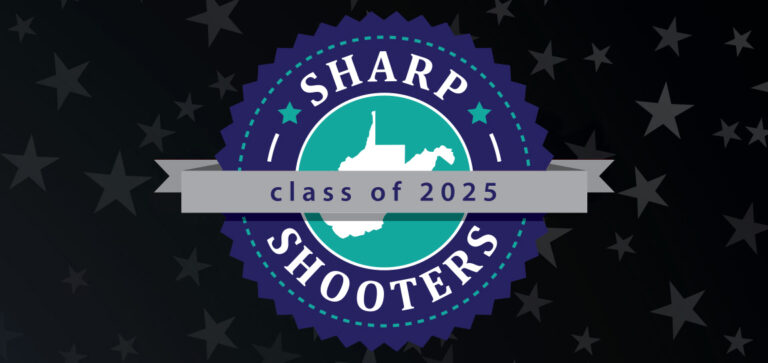
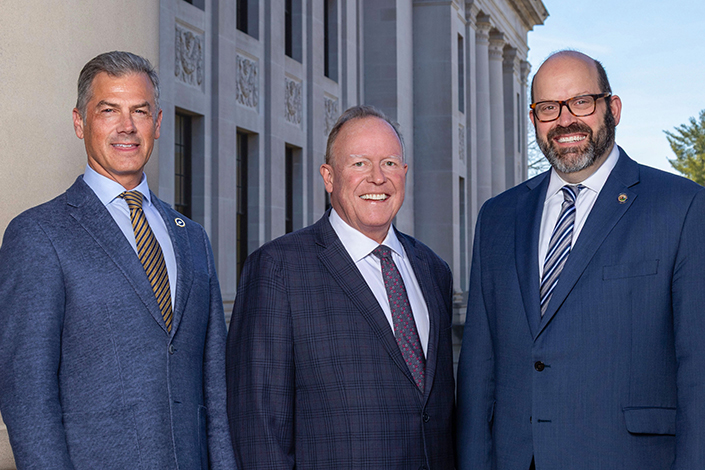
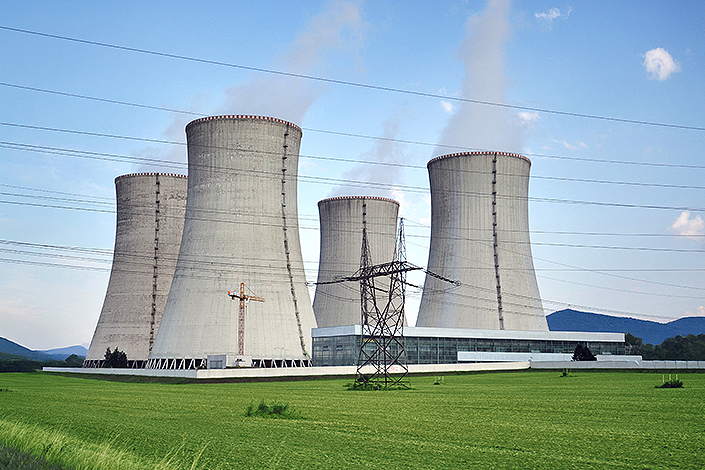
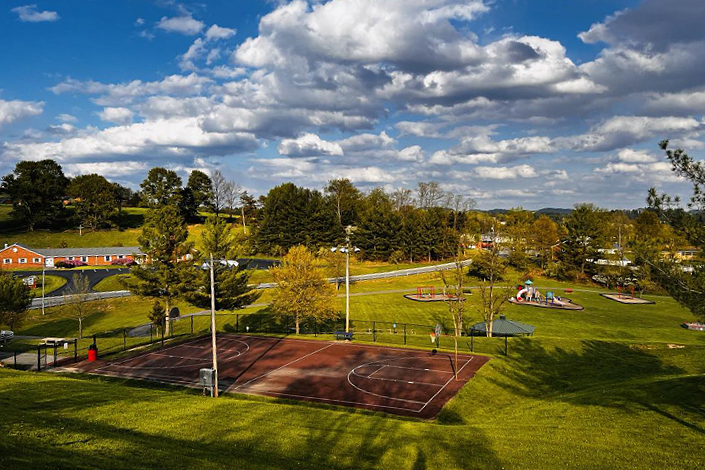
One Response
America still needs electricity. America has to become Energy Wise. It needs to produce that electricity with affordable Clean Burning Coal.
https://youtu.be/RQRQ7S92_lo
The Time Of Clean Coal Is Now Here.